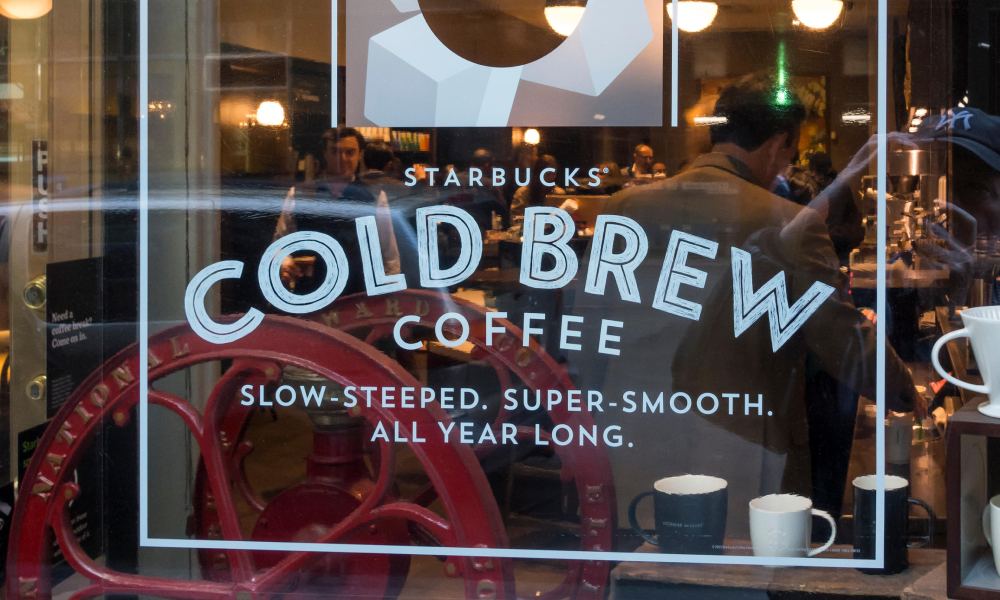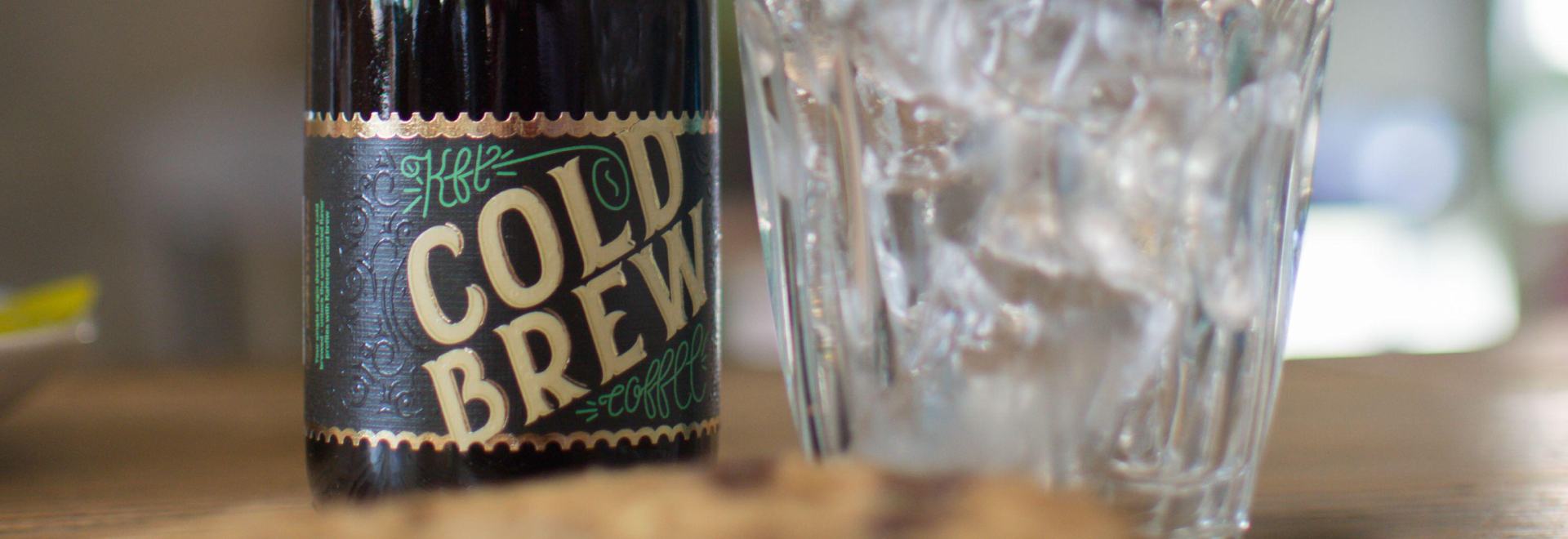Are experimentally processed coffees lost on cold brew?
Ashe Samuels speaks with Neil Toensmeier to discuss experimentally processed coffees – and how they could transform cold brew.
In recent years, cold brew has been making its mark on the specialty coffee sector. It’s become widely available in coffee shops, and is also a drink many home consumers feel comfortable making. It’s known for being well-rounded and balanced. However, it’s not historically been associated with complex flavours.
Typically, cold brew is prepared by steeping coarse coffee grounds in cold water for 12 to 24 hours. The result is a smooth mouthfeel with flavours that are classically associated with coffee, such as chocolate and hazelnut.
Cold brew became so popular, in part, because it consistently delivers a balanced profile – neither too acidic nor too bitter. Indeed, the drink category has seen an incredible surge in popularity. In the US alone, the cold brew market is expected to reach a value of nearly $945 million by 2025.
Many believe the reason cold brew has become so successful is because it’s a market-led product. This is in contrast to trends that have come before; for instance, it could be argued that the popularity and success of Gesha arose from the preferences and efforts of those within the industry.
In response to surging demand, companies have begun to generate a range of cold brew options. As such, it has been diversified into a market-leading segment. However, there is one area within specialty coffee where cold brew has not successfully ventured.
Nuanced flavours are lost
Experimentally processed coffees are developed especially to deliver complex, nuanced flavours. It isn’t uncommon to see “overripe mango” used to describe an anaerobically fermented bag of coffee, for example.
However, some suggest these flavours do not carry through in cold brew.
In order to extract these flavours, many would argue that heat is a necessary component of the brew process. The intricate flavours and aromas are locked within volatile compounds that can only be extracted with hot water. Conversely, cold water immersion only scratches the surface in extracting these more complex flavours – no matter how long the steep is.
Put simply, cold brew grew in popularity because it was accessible and consistent. In the same breath, however, it is limited to producing more “generic” flavour profiles.
With that said, an extraordinary amount of work goes into producing experimentally processed coffees. Beyond the care and dedication it takes to farm specialty coffee, experimental processing is becoming increasingly demanding year-on-year.
When considering this, and the already-stressful situation that a market demand for innovation puts on producers, it seems like a wasted effort to use these coffees for cold brew.
Breathing new life into the category
For some, however, the brew method isn’t the problem; in fact, experimentally processed coffees have the potential to breathe new life into the cold brew category.
“Cold brew in general is smooth, pleasant, and approachable – I wouldn’t blame the method,” says Neil Toensmeier, senior director of production of roasted and cold brew coffee at La Colombe. “I would say we, the practitioners, haven’t figured out how to release all the nuance potential of flavours in cold brew that are there. I’ve tasted enough really good cold brew to know there’s potential.”
However, despite progress being made in cold water extraction, it isn’t on par with hot coffee yet.
“I’ve done R&D work with anaerobic coffees through cold brew,” says Neil. “They taste really good and are really interesting. I haven’t gotten them to taste nearly as good and as interesting as hot coffee, though.
“I don’t want to say you can’t get fruit out of cold brew. You can definitely get cherry flavours, and from natural African coffees, you can get really good stone fruit. However, there are certain flavours that come out more in hot brew – mostly centred around acidity – that don’t come through in a cold brew.”
Neil points out that both companies and consumers likely have expectations about what cold brew should taste like based on hot coffees. However, this legacy may be holding the segment back.
“The flavours that we unlock in cold brew may be really different,” Neil says. “It’s not necessarily going to be the same set of flavours [as hot coffee], so it takes a little bit of recalibration to understand what’s special.”
Nonetheless, cold brew and experimentally processed coffees are two categories that have the market behind them. As such, there is an enormous potential here – and coffee companies will likely continue to innovate to bring the two closer together.
“Our company loves the idea of cold brew and fruit flavours,” says Neil. “I think it’s interesting, I think it’s different, and I think there’s a lot of potential to be appealing to a new segment of the market.”

Experimentally processed coffees are expensive
There is not only a quality gap between hot and cold coffees; but also a gap in customer perception – and the prices people are willing to pay for cold brew. As such, while it may be possible to successfully incorporate experimentally processed coffees into cold brew, it will be another challenge altogether to persuade customers that the higher prices are worth it.
“I like that it’s a potential new avenue for where cold brew can go – macerated fruit or coffee infused with cinnamon are exciting flavours,” says Neil. “However, these are going to bring the cost of goods awfully high on a cold brew product – more than I’ve seen a lot of people willing to pay.
“People are willing to pay six, seven, eight dollars for a wonderful pour over coffee with hot extract. I haven’t seen people willing to do that for eight ounces of cold brew – no matter what.”
However, it’s still relatively early days for cold brew. Indeed, it took some time and a large number of conversations for consumers to accept the higher prices of specialty coffee. It may be a while yet for them to understand cold brew as a diversified product that has the potential for similar premiumisation.
But if cold brew is able to harness the full flavour spectrum of experimentally processed coffees, its popularity could drive further demand for the high-end specialty coffee sector – and the farmers that innovate in that area.
“I love the fact that a new element of the value chain is being created, and that’s being created at origin,” says Neil. “If people can correctly figure out how to display the great flavours that are in these kinds of coffees through cold brew, and if the market can develop so that it’s not so prohibitive in terms of cost of goods, I think, with scale, anything can happen.”
New Ground Coffee
Want to read more articles like this? Sign up for our newsletter!







